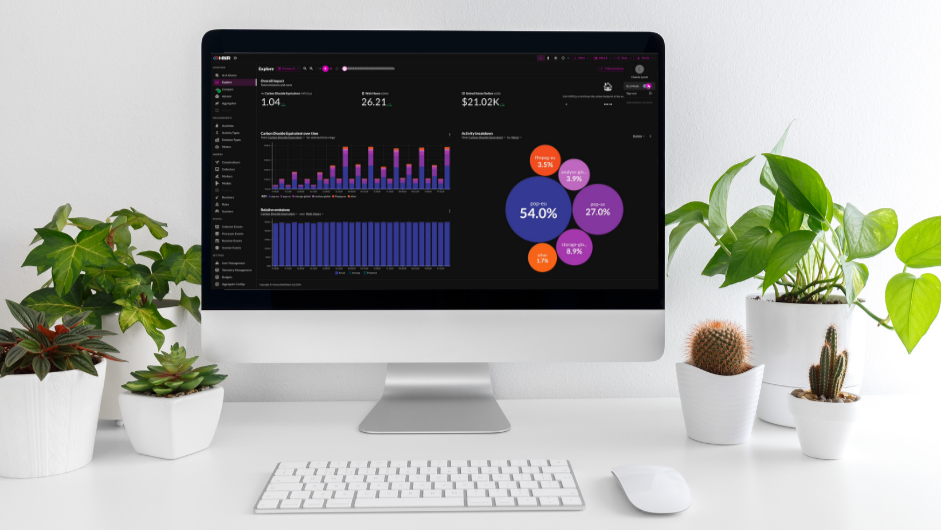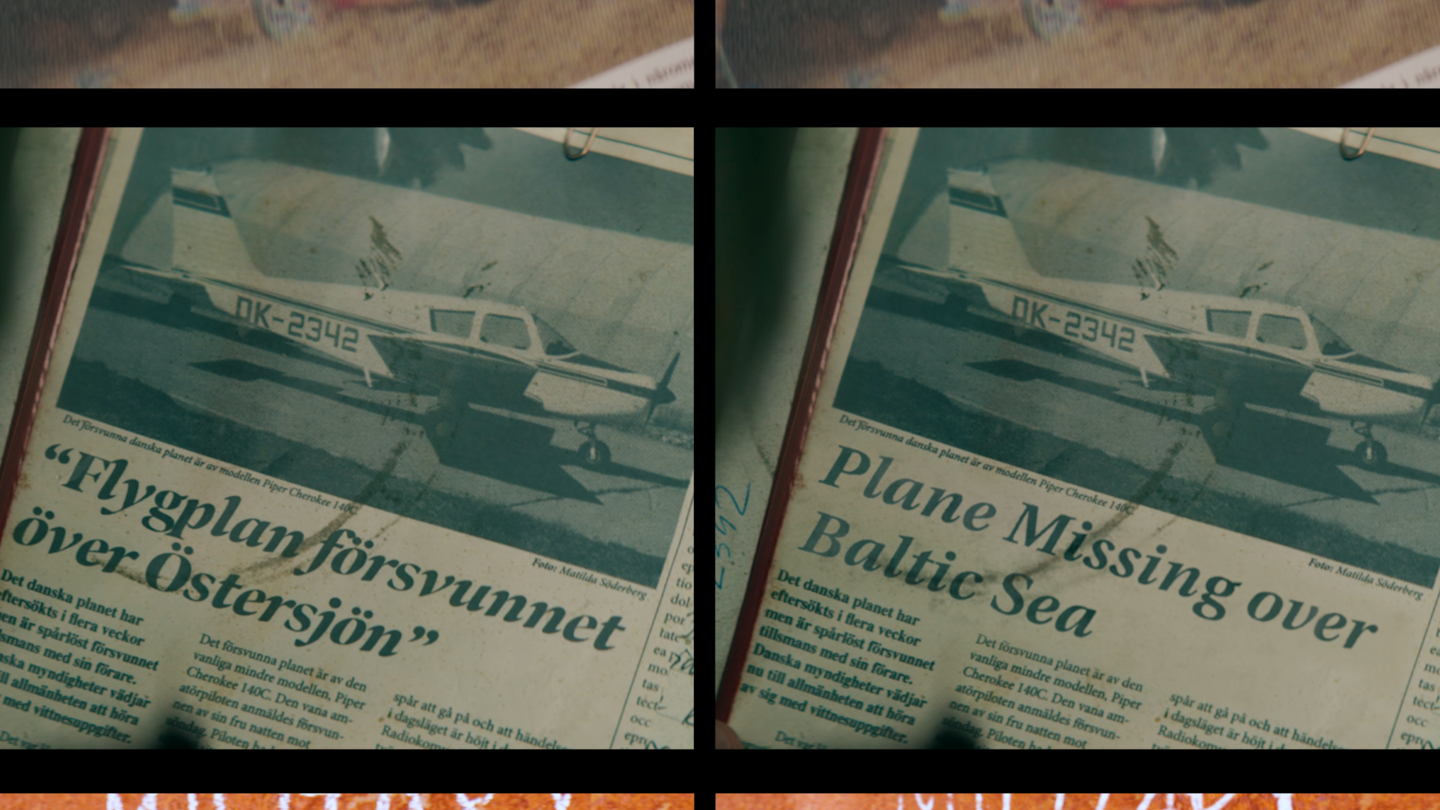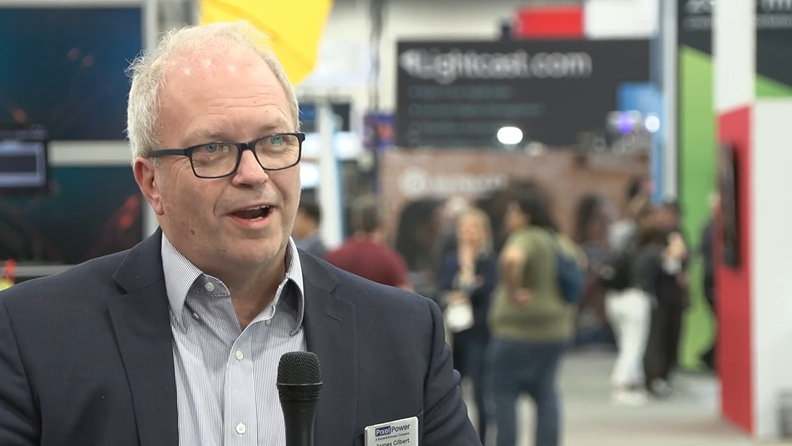The transition to IP using SMPTE 2110 has been broadly successful in a studio environment but interoperability in the live and near live domain still has work to go. A recent innovation from the BBC could provide the answer.
The Time-Addressable Media Store (TAMS) API developed by BBC R&D is a new way of working with content in the cloud. It’s an open specification that fuses object storage, segmented media and time-based indexing, expressed via a simple HTTP API. It is intended to lay the foundations for a multi-vendor ecosystem of tools and algorithms operating concurrently on shared content all via a common interface. In effect, blending the best of live and file-based working.
The open-source API specification was launched to the industry at IBC2023 which is where AWS sourced it as the basis for a proof-of-concept Cloud-Native Agile Production (CNAP) workflow, demonstrated at IBC2024.
AWS was particularly interested in the potential of TAMS to streamline the process of fast-turnaround editing in the cloud in an open, modular way...
You are not signed in.
Only registered users can view this article.

Behaviour-based data: Defining the advertising audience
A shift to defining audiences based on behavioural characteristics, allied to greater use of programmatic trading, could help boost the TV ad market, Xperi’s Chris Kleinschmidt tells IBC365.

How sport is embracing DTC at both ends of the playing field
Kevin Emmott reports on how two English football clubs at starkly different points of the football pyramid are going direct to fanbases with their content output.

Sustainable streaming: Delivering a greener vision for OTT
Increasingly powerful analysis platforms, infrastructure optimisation, improved resource utilisation and new methods of compression are among the developments helping the streaming sector to reduce its environmental impact, writes David Davies.
Creating a new sense of place for Welsh media innovation
The emergent virtual production scene in Wales has been boosted by the arrival of two new world-class facilities in recent months, both secured with the collaborative backing of Media Cymru. James McKeown spoke to Media Cymru’s Deputy Director, Professor Sara Pepper OBE, about the consortium’s mission to put Wales on the global media innovation map.

Flawless AI: “You can't put new lines in people's mouths without consent”
AI tools like Flawless visual dubbing are making a strong case for standard use in Hollywood.

.jpg)



